Trying to mash an underripe avocado onto your toast to no avail? We've all been there.
For apples and pears, ripeness isn't all that important. For other fruit and veg, however, their ripeness can make or break your snacking experience.
We've got some handy hacks to help you identify whether or not fresh produce like avocados, strawberries, melons and aubergines are ripe, before you've bought and sliced them open.
Get ripe-smart now and waste and spend less on unripe fruit and veg!
1. How to tell if strawberries are ripe
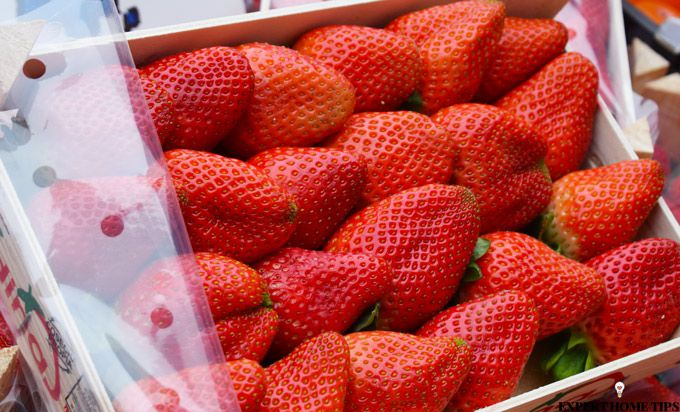
Strawberries have a tendency to be either I-never-need-chocolate-again sweet, or watery and underwhelming.
Learning how to discern ripe strawberries from underripe/overripe punnets will ensure you always get the sweet taste you crave.
Ripe strawberries are a rich red in colour, with no white or yellow patches under the leaves. The leaves themselves should be a vibrant green and not showing any signs of browning.
Most importantly, though, is the smell. The sweetest strawberries will smell sweet - a clear and obvious indicator of their ripeness.
2. Is your lemon ripe?
Get the most juice out of your lemons by getting ripe smart!
If you want the ripest of lemons, go for a vibrant yellow colour with firm flesh. The best test is to pick up the lemon and examine its weight - the heavy the better, as this indicates there's lots of juice inside.
3. Ripe pineapple
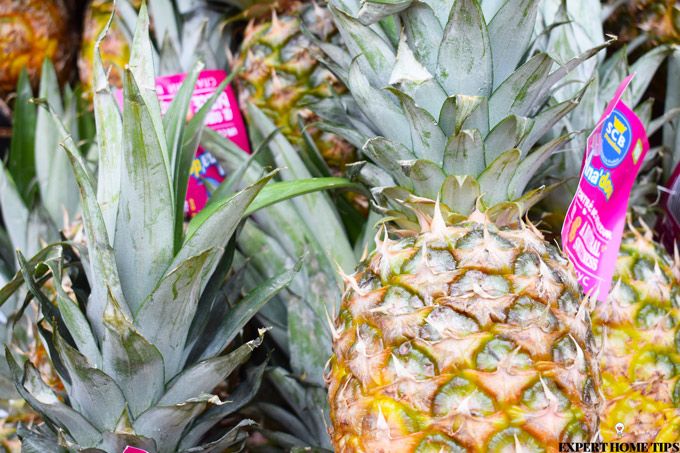
Pineapples aren't usually an everyday fruit in the UK. Make sure when you do buy them, you get the lovely sweet treat you've anticipated.
A ripe pineapple isn't necessarily bright yellow, although a yellower pineapple indicates sweeter flesh.
It's the weight and the smell that will really indicate how ripe your pineapple is. It should be heavy as, during ripening, the flesh becomes juicier. Compare a few pineapples to find the heaviest one.
Additionally, smell the bottom of the pineapple. If you smell nothing, it's underripe. A vinegary smell signifies an overripeness and a sweet smell.
4. Ripe blueberries
Similarly to strawberries, blueberries have a tendency to either be deliciously sweet and soft, or sour and firm.
The key to picking ripe blueberries is all in the colour. Ripe blueberries should have an even, dark blue colour, with no pink or red patches - these indicate that the fruit is underripe.
5. How to tell if a melon is ripe
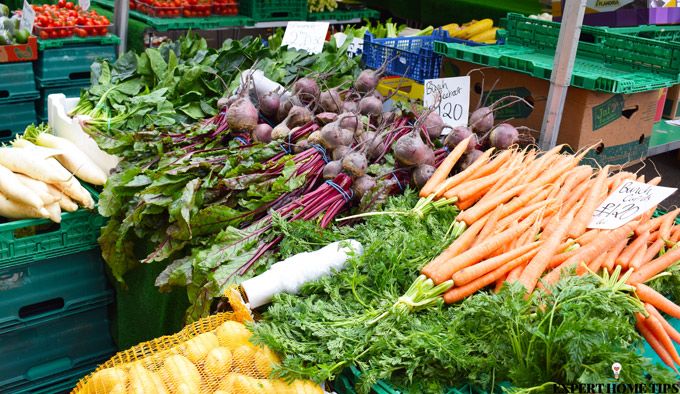
Due to their thick skin, it's often hard to tell if a melon is ripe or not.
Luckily, we've got some handy hacks to help you distinguish a good melon from a bad.
Cantaloupe melons
A ripe cantaloupe melon will never have a stem attached - this falls off when the melon reaches ripeness. Additionally, the netting on the skin's surface should be thick and defined. The fruit should be heavy and yield slightly when pressed.
Honeydew melons
Similarly to cantaloupes, honeydew's will be heavy when ripe. If you pick one up and shake it in your hands, the seeds should rattle inside.
The skin may also be slightly sticky to touch - this is the sugar from the ripe fruit seeping through.
6. How to tell when an avocado is ripe
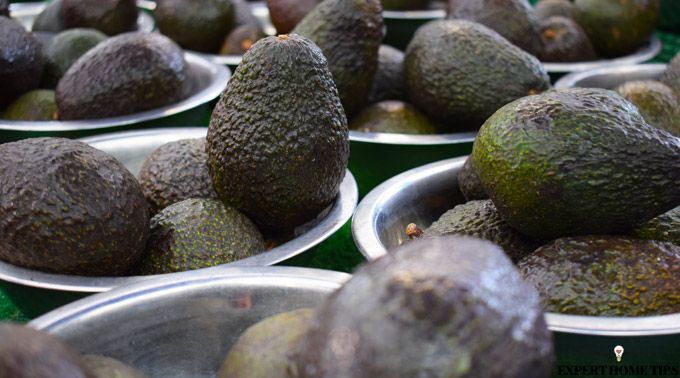
There's nothing as devastating as an overripe or underripe avocado.
Ok, maybe that's a slight exaggeration, but we're big fans of avos here at Expert Home Tips!
To avoid disappointment, here's what to look for when selecting your avocados.
The skin: if your avocado has bumpy skin, go for a dark green colour. If your avocado has smooth skin, look for an even green, little mottled with brown speckles.
The stem: one of the best ways of telling if an avocado is ripe is by flicking off the stem. Underneath, you should find a dark, golden colour. Green indicates underripeness, where brown suggests overripeness.
The flesh: the third and final way to check if an avocado is ripe, is to squeeze the bottom and the top gently. If you want an avocado that's ready to eat, the flesh should give a little.
7. Ripe tomatoes
Tomatoes continue to ripen when off the vine, however, the best tomatoes are harvested when ripe.
If a tomato has yellow or green patches, chances are it was harvested too soon, and taste may be compromised.
Like melons, lemons and other fruits, tomatoes too become heavier when ripe - the heavier, the juicer.
A perfectly ripe tomato will be a rich red colour, even all over with smooth, unwrinkled skin, and weighty to hold.
8. When are grapes ripe?
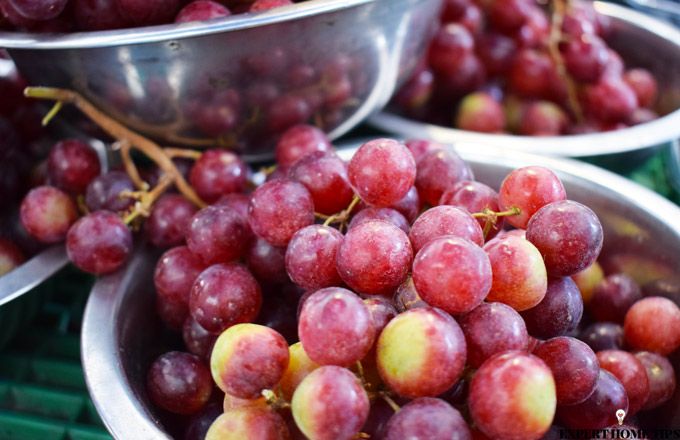
Underripe grapes can be bitter and tough. Overripe grapes can be acidic and mushy. The ideal bunch is somewhere in between the two.
Here's how to identify it.
First and foremost, gently shake the bunch of grapes. If grapes fall off very easily, they won't be good for much longer.
Grapes, whether red or green, should look plump, and have a tight but not overly taught skin.
9. What do ripe figs look like?
Figs can be a truly delicious, sumptuous treat - providing you get them when they're ripe.
Unlike other fruits, figs don't continue to ripen after they have been harvested. This means being ripe-smart is even more essential.
A perfect fig is a deep purple in colour, plump, and weighty. A reliable hack to try is gently applying pressure to the fig - if it permanently indents on the surface, the fig is overripe.
10. Ripe clementines
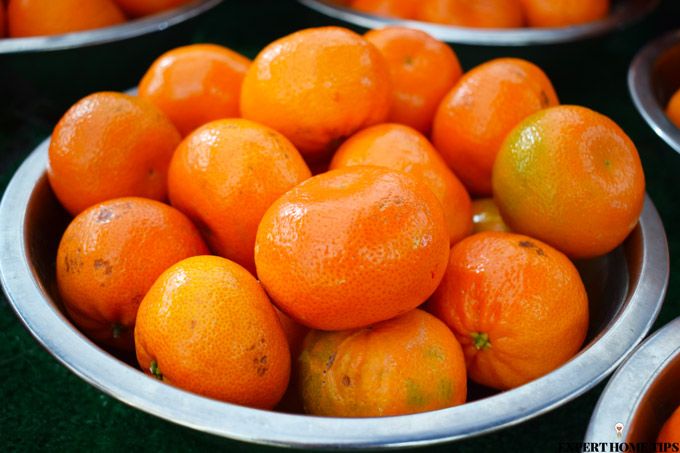
Picking the perfect bag of tangerines can often seem like luck of the draw. No longer, follow these tips to help identify the best citrus fruit the supermarket has to offer.
With all citrus fruit, including oranges, tangerines and clementines, there are two things to consider when looking for ripeness.
1. The weight - when fruits ripen, they become juicier. This makes them heavier, so when looking for ripe citrus fruit, the weightier the better.
2. The firmness - oranges should be firm, but give slightly when you push them. If they are very hard, they'll be underripe. Too soft, and they'll be overripe.
11. Ripe aubergines
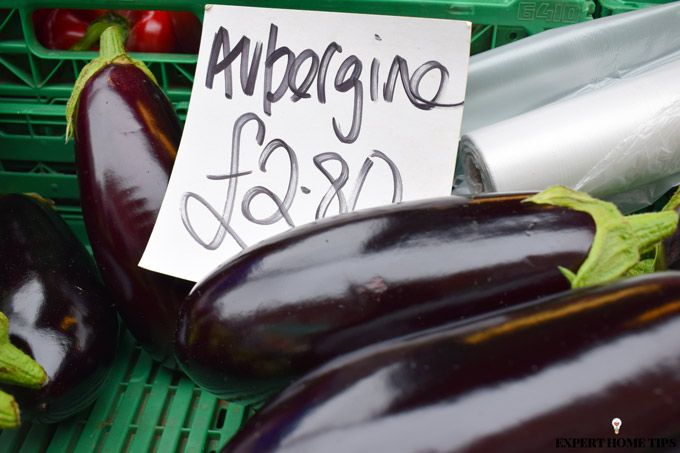
There aren't any vegetables that ripen after being harvested. One that does, however, is aubergine.
To pick a perfect aubergine, look for a deep purple colour and green, healthy-looking leaves.
The skin itself should be elastic and tight, not soft or sagging.
How to ripen fruit at home (fast & easy!)
Although most fruit will not continue to ripen after it's been picked (this goes for most citrus fruit, grapes, pineapple and most berries), some will.
Fruits that continue to ripen at home include apples, pears, peaches, mangoes and avocados, which actually only begin to ripen when harvested.
If you want to speed up the ripening process of any of these foods, give this great hack a try. The key lies in a brown paper bag.
When fruit ripens, it gives off a gas called ethylene. By enclosing fruit in a brown bag, the gas will be trapped, increasing its effect.
To take this a step further, place a banana inside the bag with your underripe fruit. It's particularly powerful at producing ethylene, and will ripen your fruit at turbo speed.
Do you have any clever tricks for indentifying ripe fruit? Or perhaps an underripe/overripe fruit dilema you'd like to share? Tell us all about it in the comments below!
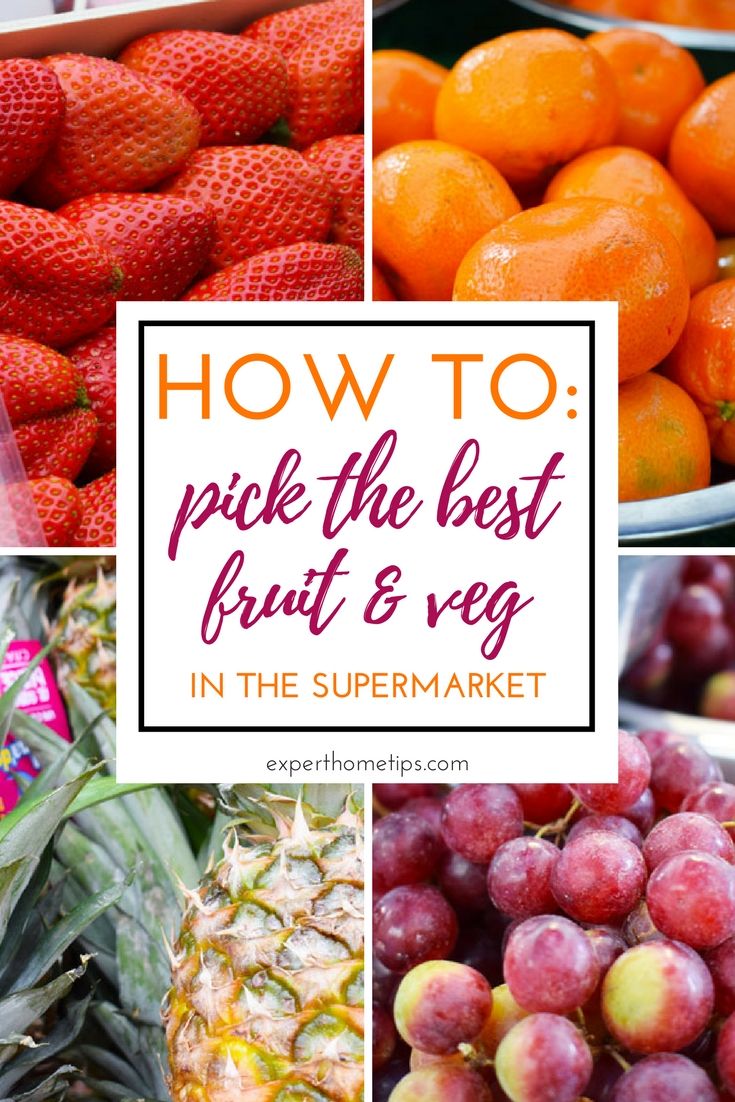
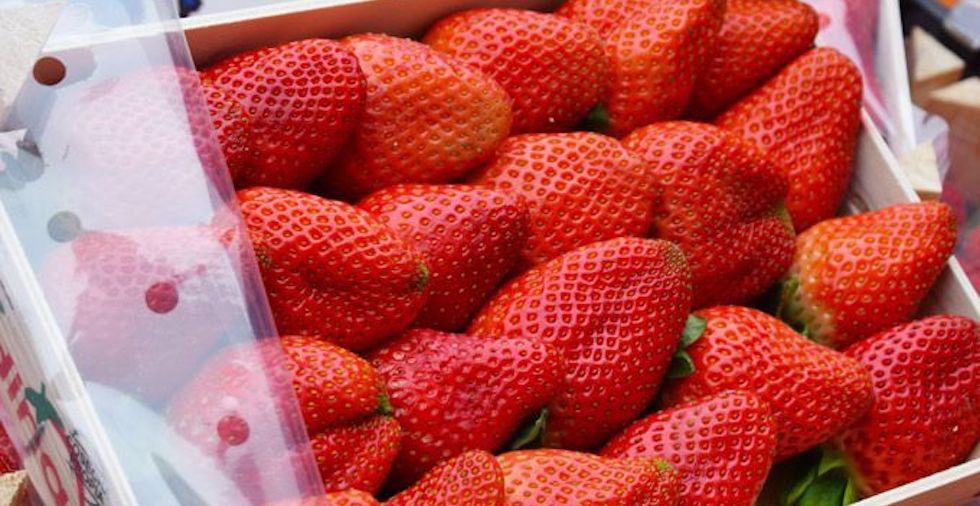
You say both that figs do and don’t ripen after harvest......which is true?
Hi Anna. Sorry about this error. Figs DON'T continue to ripen when harvested, so be sure to pick the ones that look ready-to-eat in store. I hope this helps :)
Hello, The above article is confusing as it includes contradictory information. In point 9 it states:- Unlike other fruits, figs don't continue to ripen after they have been harvested. Further down under the heading:- How to ripen fruit at home (fast & easy!) Fruits that continue to ripen at home include apples, pears, peaches, figs mangoes and avocados, which actually only begin to ripen when harvested. That's confusing and contradictory, perhaps you could edit the information. Thank you. Sonja
Hi Sonja. Sorry about this error. Figs DON'T continue to ripen when harvested, so be sure to pick the ones that look ready-to-eat in store. I hope this helps :)
If all our fruit and veg was not prepacked then we would be able to follow your tips more easily. Very hard to judge the ripeness and condition of a bunch of grapes etc when they are enclosed in plastic punnets and nets.
Hi Susan. This is true - it's another reason to try and shop on the market! Most packaging is very thin, however, and you can still gauge the quality/ripeness of the fruit fairly easily through it.
Unfortunately most strawberries are vacuum pack. Opening up wouldn’t be apppreciated by the retailer. Eating 5 to 7 vegetable and fruits a day certainly works for me. Thanks for your advice.
Hi Colin! You should be able to see the colour through the packaging. Some packaging will also have little holes so you can have a smell. Hope this helps!
Another tip about strawberries. You should also check the punnet underneath to look for any with 'a fur coat'. Too often they look good on top, but you need to check underneath for any nasty surprises. If there is even 1 mouldy strawberry, it can absorb into the others like blotting paper. It can happen however much you pay for them. The other thing is I try to buy the £1 a bowl fruits usually found either in markets, or on display outside shops. I have a sneaky squeeze, or even count how many is in the bowl to decide if I am getting a bargain!
Great tips, Heather! Thanks for sharing.
Another tip for pineapple is if the leaf pulls out easily it's also ripe
We've heard this one too, Lesley!
When I buy a melon usually honeydew or cantaloupe I press the top and bottom of the melon. If it gives the melon is ripe if it's hard it isn't. Hope I've esplained fully
Makes sense, Sharon! Thanks for sharing.
Another tip to check how ripe or good strawberries are is to lift up the punnet & look underneath to see if there are any squashed or liquid at the bottom, if so they will make the fruit soggy. Typically some may look good on top, red & firm, but always check underneath. Any soft will just spread to the others to make them soft & not taste good.
That's a great tip! Checking the bottom of the punnet is an excellent way to see if any strawberries may be overripe or have already started to spoil, which can affect the quality of the other strawberries in the punnet. It's always important to thoroughly check your produce before purchasing to ensure you get the best quality.
How do you know when a mango is ripe and ready to eat. ?
To check if a mango is ripe, look for a vibrant yellow or orange colour and gently squeeze it—it should yield slightly. A ripe mango will also have a sweet, fruity aroma at the stem end.